
Say hello to Nettle™
Nettle™ is the world’s first hormone-free, drug-free and non-invasive treatment for menstrual pain and mood symptoms.
Tackle menstrual cycle symptoms where they occur: the brain.
Built specifically for menstrual health, Nettle™ works with your brain to support cycle-related pain relief, mood stability and focus.
Clinically researched
Clinically proven to reduce menstrual pain and low mood symptoms.
Easy to use at home
Just 20 minutes a day, 5 days per cycle. No severe side effects.
Regulated medical device
Clinically approved by regulators in Europe and the United Kingdom. Based on 30 years of research.

Neuroplasticity holds the key
Throughout your menstrual cycle, your brain receives messages from hormones and decides how to act.
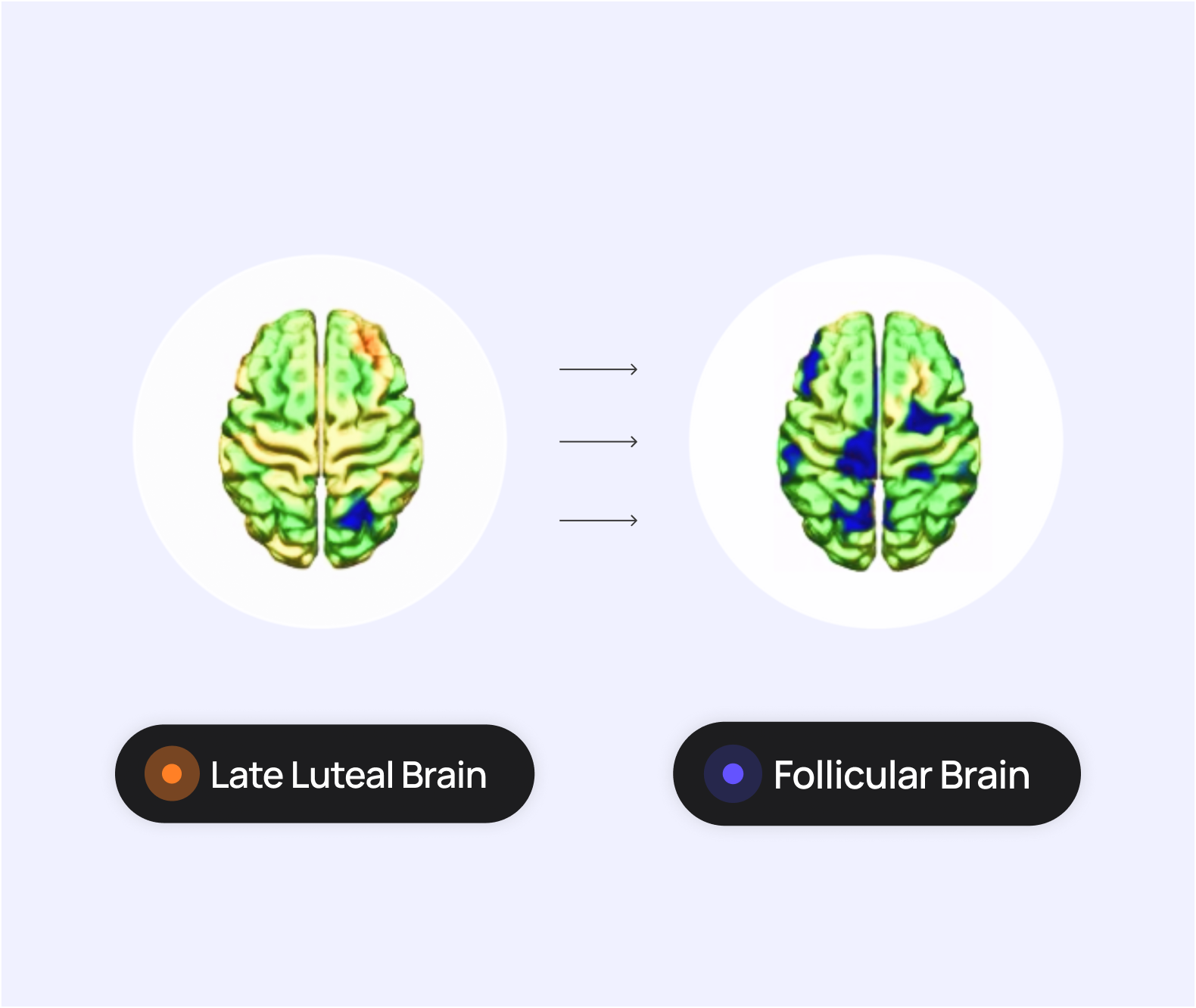
Before your period, hormone shifts can change how the brain handles pain, mood and focus - leading to cramps, brain fog, mood swings and everything in between.
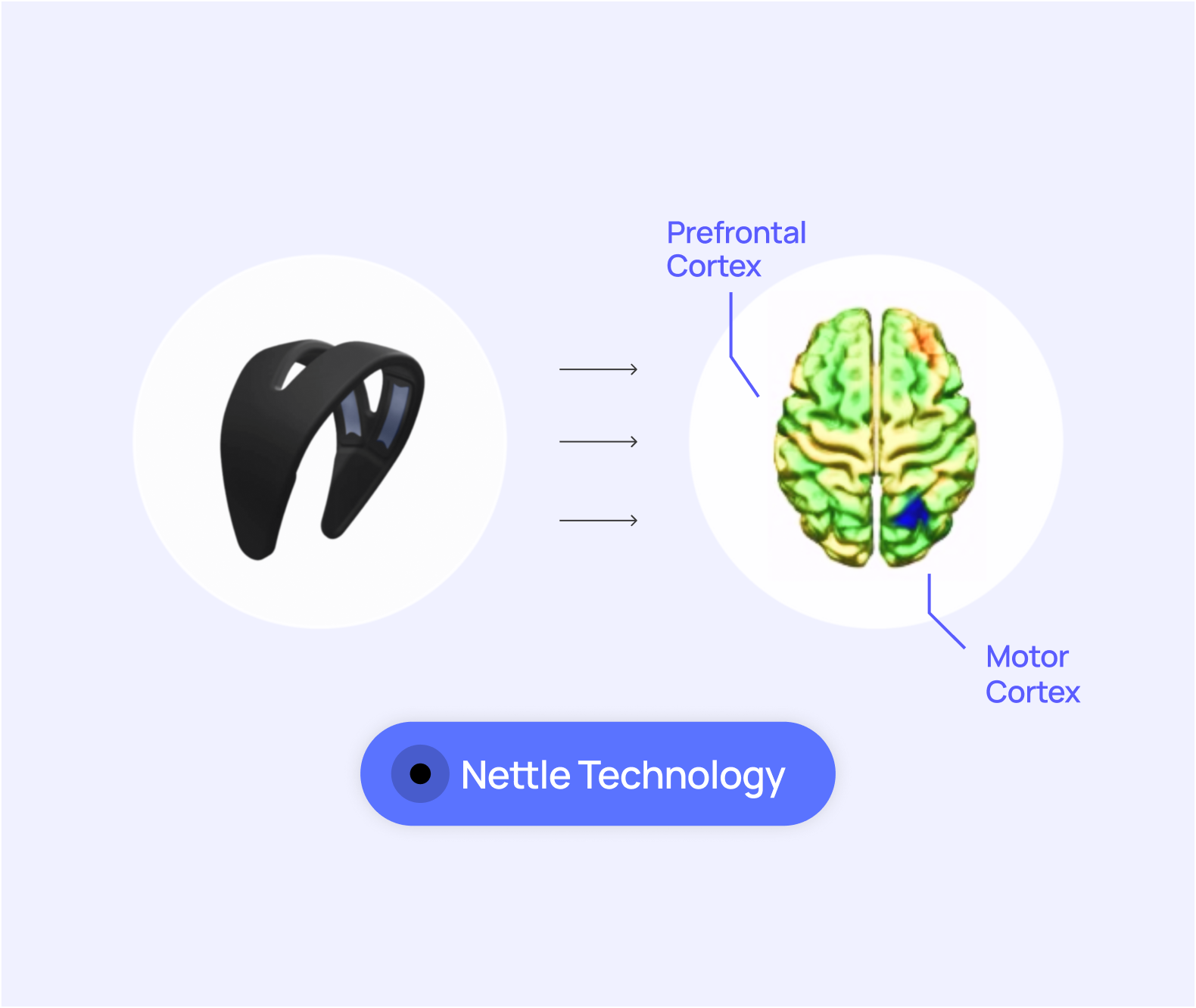
Your brain communicates with electricity. Nettle™ works with that system, using a technology that’s been used in clinics and research for over 30 years. It targets the dorsolateral prefrontal cortex (DLPFC) to support mood and mental clarity, and the motor cortex (M1) to help the brain respond differently to pain.
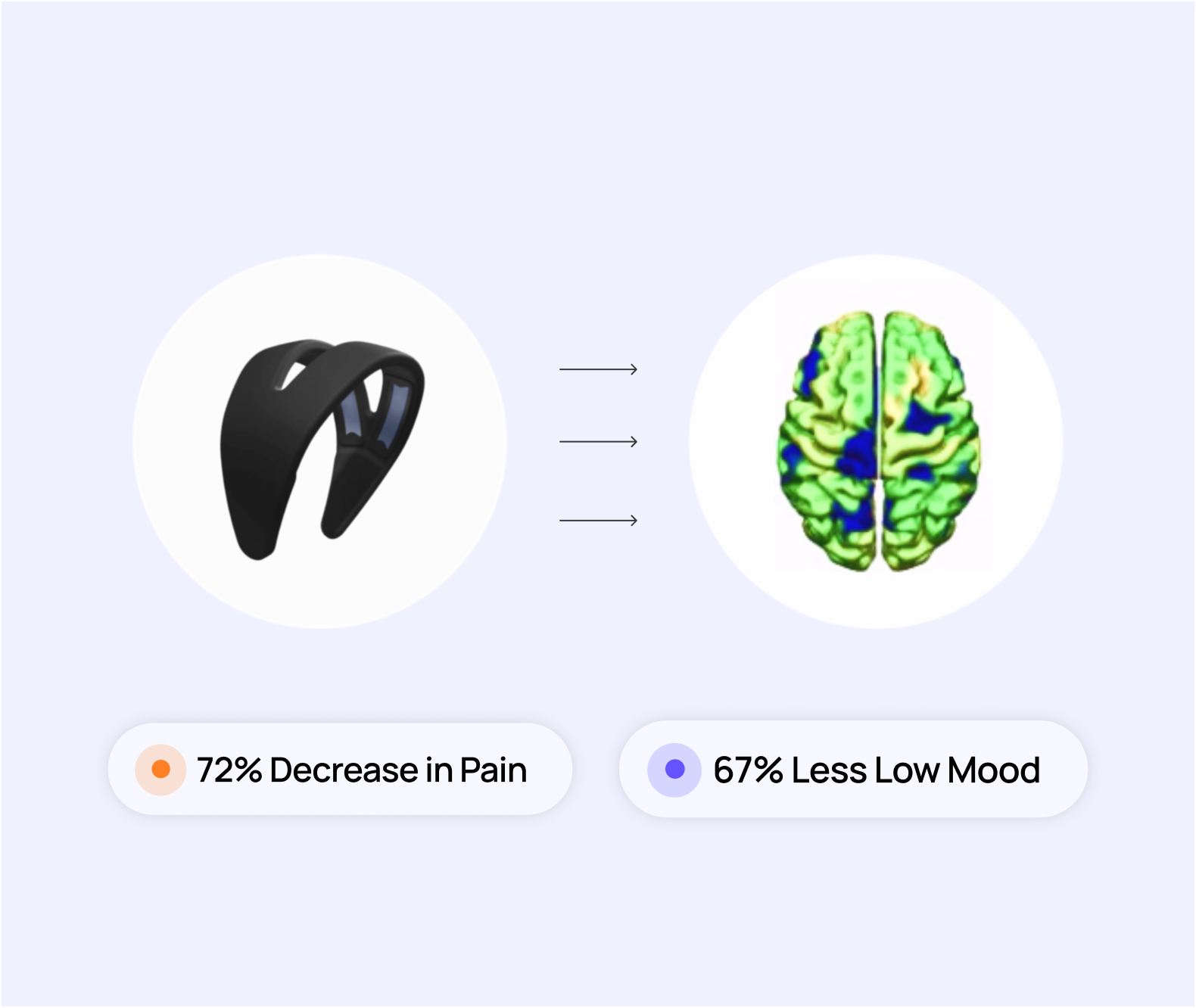
By keeping these signals steady, Nettle™ helps to dial down the symptoms that show up before your period - for more stability, cycle after cycle.
Lasting neuroplasticity benefits to feel better every day.
Decades of research show that the brain can rewire itself - with the right kind of stimulation. By working with your cycle, not against it, Nettle™ can help you build patterns.

Pain relief
Nettle™ retrains the brain’s response to pain by modulating overactive pathways - teaching your system to react differently. With each cycle, pain becomes less intense and less disruptive.
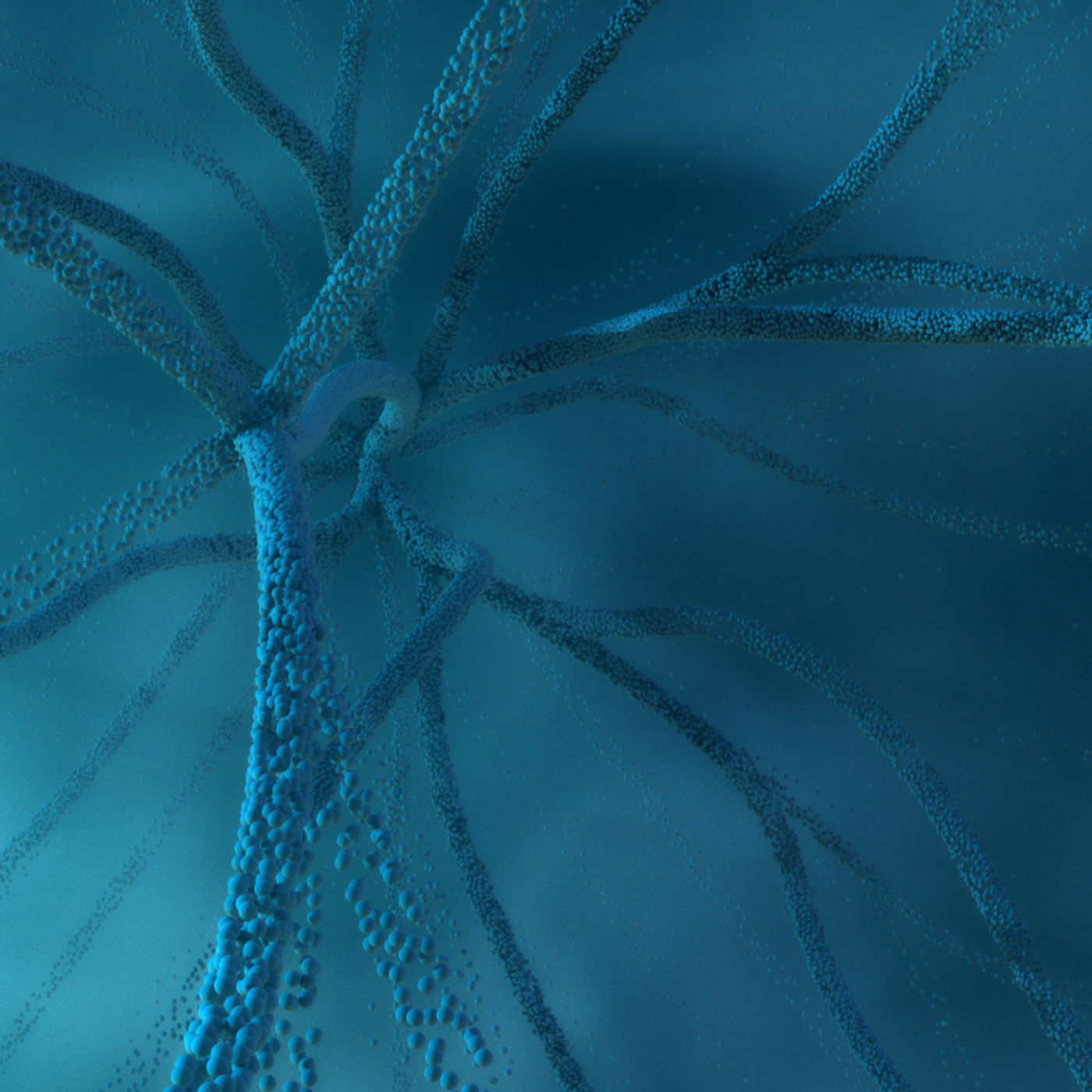
Mood
Emotional swings before your period often come from disrupted brain circuits. Nettle™ strengthens the networks that regulate mood - supporting a more balanced emotional baseline.

Focus
Hormonal shifts in the luteal phase can cloud attention. Nettle™ enhances connectivity in brain areas responsible for focus - improving mental clarity and reducing brain fog.
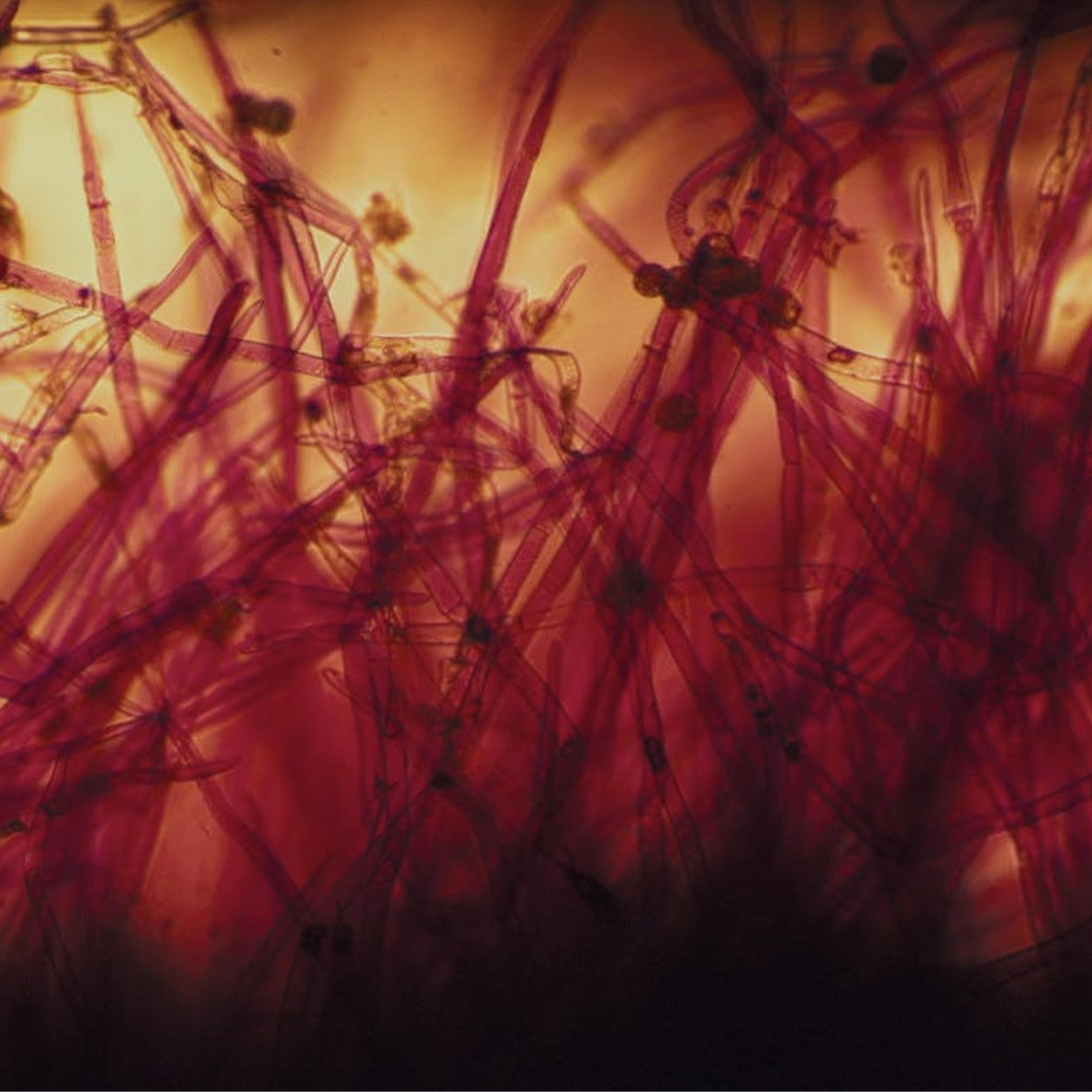
Cycle resilience
Each time you use Nettle™, you’re creating more adaptive brain responses. Over time, that builds cycle resilience - your brain becomes better at coping with recurring symptoms.
Simple, effective and safe.
Designed from the ground up to be easy to use, with no severe side effects, Nettle™ easily integrates into your life - no matter what your day looks like.
Pairs with Samphire
Every Nettle™ comes with a Samphire membership: a dedicated, brain-based cycle management platform.
Proactively schedule Nettle™ sessions in sync with your cycle and experience patterns.
See Nettle™'s impact on your sleep, movement, and anything else you choose to record.
Access Samphire’s brain and phase-based exercises, including breathwork and meditations.
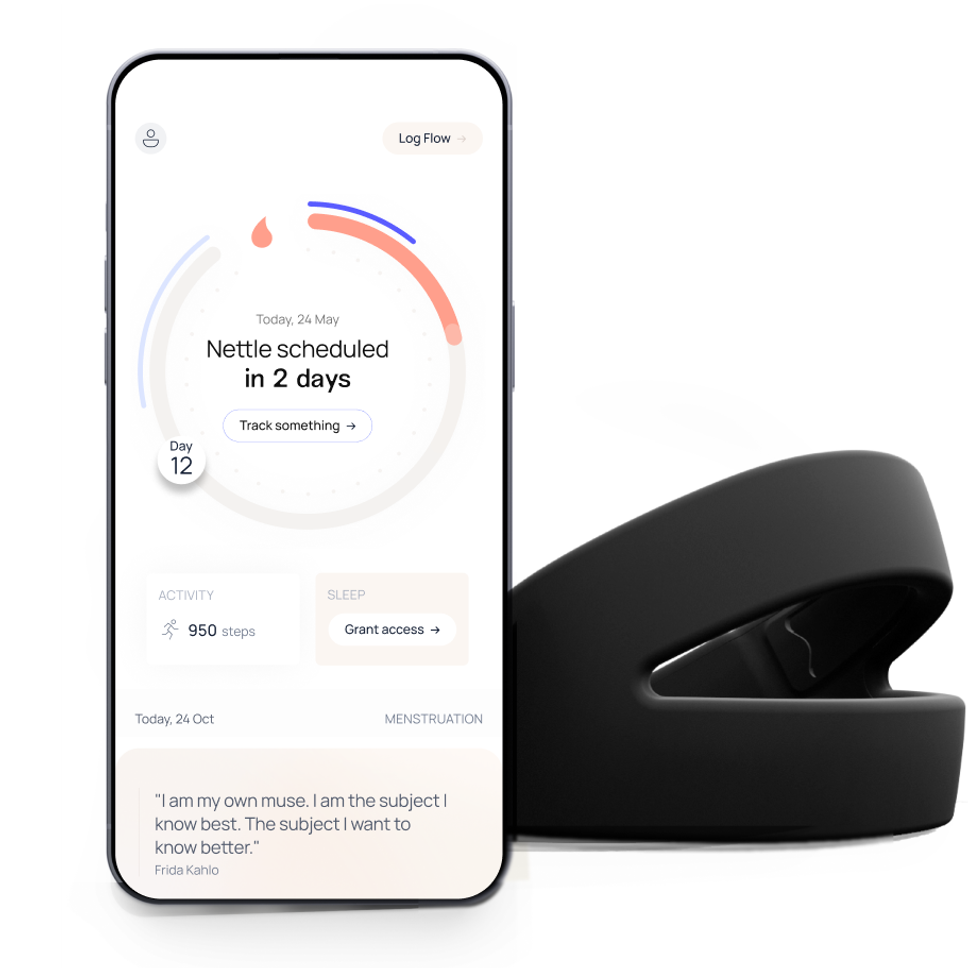
With specialized support for those who need it.
Too often, systems treat symptoms in isolation. We work across the brain, body and cycle - connecting the dots between pain, mood, focus, hormones and more.
Discover our brain-based perspectives on women’s health conditions below.
Backed by science, proven by you.
Our solutions are informed by neuroscience, and designed specifically for menstrual health. These are the experiences of people using them every day. Read all reviews
Nettle™'s technology is clinically researched at the world's leading institutions.
Backed by more than 30 years of research and clinical trials.
We invest in rigorous science, conducting randomized, placebo-controlled, double-blind clinical trials to ensure the safety and effectiveness of Nettle's™ technology.
97%
of users find Nettle™ easy to integrate into their lives.
67%
noticed mood improvements within one cycle.
72%
experienced reduced pain within one cycle.
93%
felt relief within three cycles of personalized use.




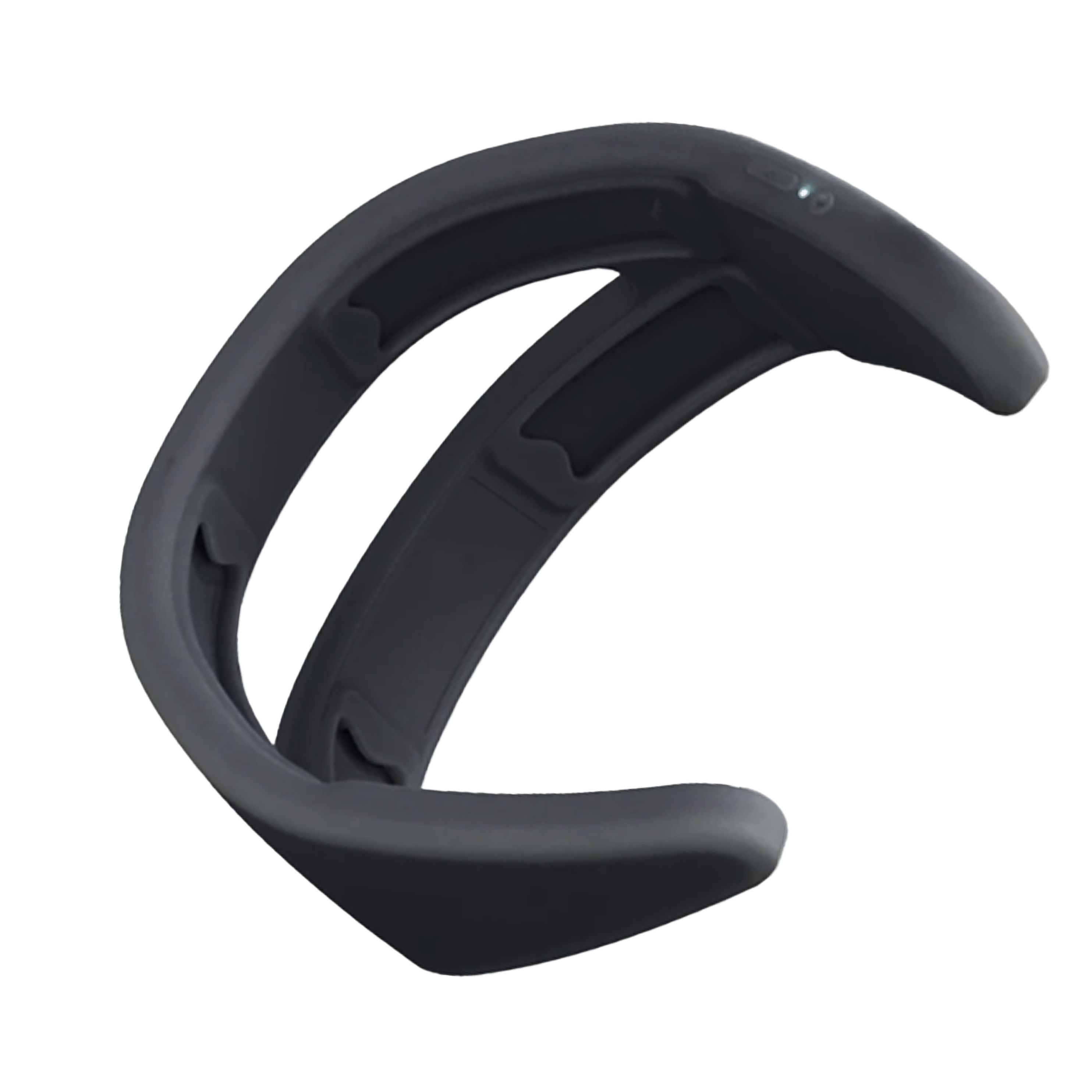
Try Nettle™ your way
Nettle™ seamlessly integrates into your life.
Buy Nettle™
£449 one-off
Rent to own Nettle™
£59.99 / month





